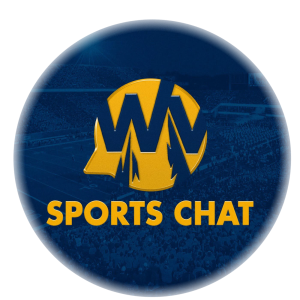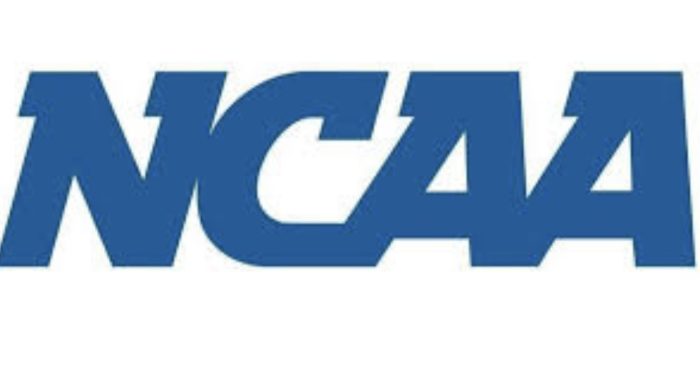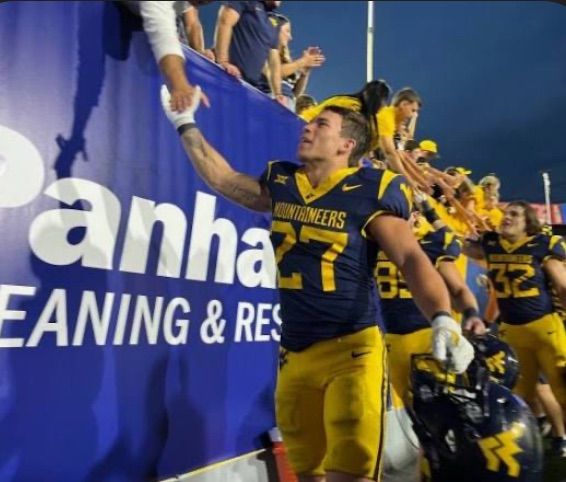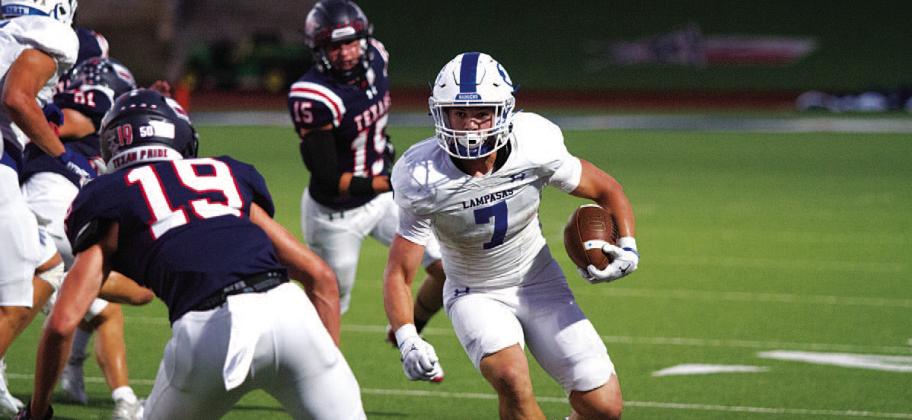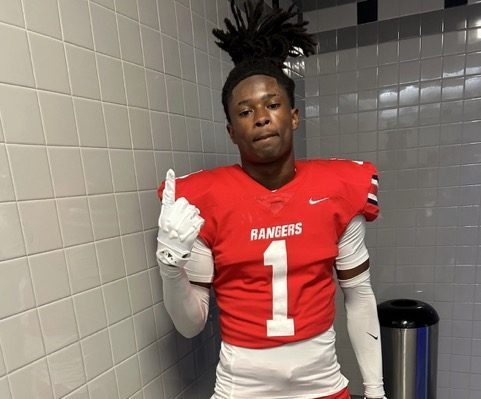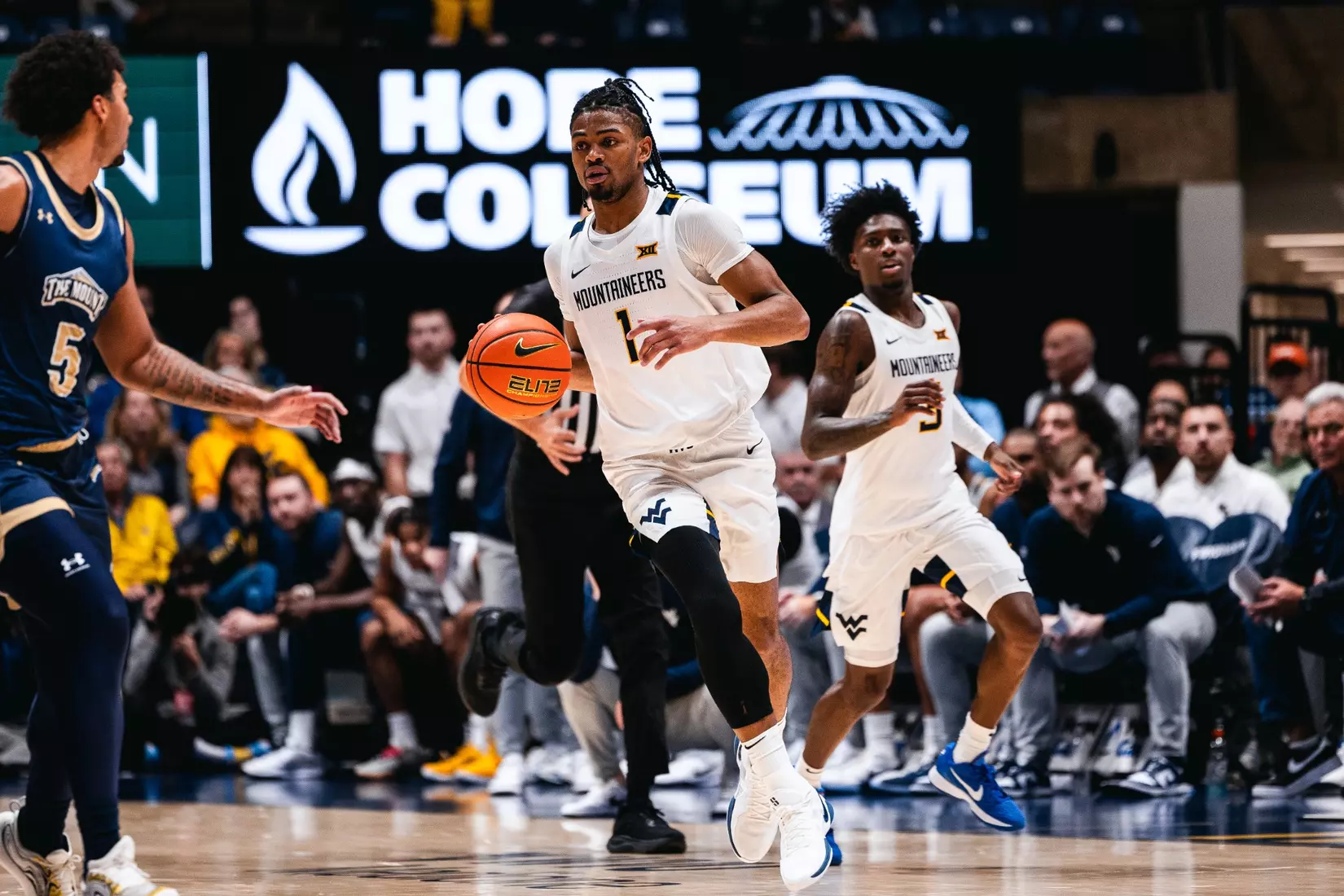by: Justin Walker
On June 6, 2025, a landmark moment in college athletics unfolded. U.S. District Judge Claudia Wilken granted final approval to the House vs. NCAA settlement. This settlement is a monumental $2.8 billion agreement that fundamentally reshapes the landscape of college sports. It resolves three antitrust lawsuits—House v. NCAA, Hubbard v. NCAA, and Carter v. NCAA—marks the end of the NCAA’s century-long amateurism model and ushers in a system where schools can directly pay athletes for the first time. Here’s a deep dive into what the settlement entails, its implications, and what lies ahead for college sports.
What is the House vs. NCAA Settlement?
The House vs. NCAA case was initiated in 2020 by former Arizona State swimmer Grant House and former TCU basketball player Sedona Prince. It challenged the NCAA’s restrictions on athletes’ ability to earn from their name, image, and likeness (NIL) and share in media revenue. Combined with two other antitrust lawsuits, the case argued that NCAA rules unfairly limited athletes’ earning potential, violating federal antitrust laws. After years of litigation, the NCAA and the Power Five conferences (ACC, Big Ten, Big 12, Pac-12, and SEC) agreed to settle, avoiding a potential $20 billion liability if the case had gone to trial.
The settlement has two primary components:
1. Back-Pay Damages: The NCAA and its conferences will pay $2.78 billion over ten years to compensate Division I athletes who competed all the way back to approximately eight years ago. Approximately 75% of this fund is expected to go to football players, 20% to men’s and women’s basketball players, and 5% to other athletes. Power Five football and basketball players could potentially receive an average of $135,000 each.
2. Revenue-Sharing Model: Starting July 1, 2025, schools can opt into a revenue-sharing plan. They can distribute up to $20.5 million annually to athletes in the 2025-26 season, calculated as 22% of the average Power Five school’s media, ticket, and sponsorship revenue. This cap is expected to grow by at least 4% annually. It’s expected to reach $32.9 million by the end of the 10-year agreement.
Key Changes and Features of the Settlement
The approval of the settlement brings several transformative changes to college sports:
• Direct Payments to Athletes: For the first time, schools can pay athletes directly. This is a move away from the previous model where athletes could only earn through third-party deals or donor-funded collectives. This shift effectively ends the NCAA’s traditional amateurism framework, aligning college sports closer to a professional model.
• Roster Limits and Scholarships: The settlement replaces scholarship limits with roster caps, allowing schools to offer scholarships to all rostered players. However, concerns about roster limits potentially cutting 5,000 athletes across NCAA sports prompted Judge Wilken to delay final approval until a “grandfather” clause was added, ensuring current athletes and those promised roster spots for 2025-26 are protected.
• New Enforcement Structure: A new body, the College Sports Commission, will oversee the settlement’s terms, including a clearinghouse called “NIL Go.” This clearinghouse will vet third-party NIL deals over $600 for fair market value. This aims to curb the outrageous amounts being paid out to players by boosters in arrangements disguised as NIL deals. The enforcement will be handled by an arbitration process rather than the NCAA.
• Back-Pay Distribution: The $2.8 billion in damages is expected to be paid out within 45 days of finalization. Athletes had until January 31, 2025, to file claims or opt out, with only about 3,400 of nearly 390,000 eligible athletes opting out, indicating broad acceptance.
Implications for College Sports
The settlement represents a seismic shift, but it’s not without complexities and potential challenges:
• Financial Impact on Schools: While Power Five schools, particularly in the SEC and Big Ten, are expected to opt into revenue sharing to remain competitive, smaller programs may struggle to allocate $20.5 million annually without cutting non-revenue sports or other expenses. This could widen the gap between wealthy and less-funded programs.
• Title IX Concerns: The settlement does not explicitly address how revenue sharing complies with Title IX, which requires equitable treatment of male and female athletes. Since football and men’s basketball generate most revenue, schools may allocate funds disproportionately, potentially sparking lawsuits if female athletes feel shortchanged.
• Employment Status Unresolved: The settlement avoids addressing whether athletes are employees, a contentious issue. College sports leaders oppose employee status to avoid unionization, but ongoing cases, like those involving Dartmouth’s basketball team, suggest this debate will persist.
• NIL Regulation: The new clearinghouse aims to regulate third-party NIL deals, but critics, including the Department of Justice, argue the revenue-sharing cap and restrictions on collectives may still violate antitrust laws by limiting athletes’ earning potential. This could lead to future litigation.
What’s Next?
With final approval secured, schools can begin direct payments on July 1, 2025, coinciding with the 2025-26 academic year. The College Sports Commission, supported by firms like Deloitte and LBI, will monitor compliance, using data to ensure NIL deals reflect fair market value. However, the settlement doesn’t resolve all issues:
• Ongoing Litigation: Nearly 350 athletes opted out, and new lawsuits, like one filed by former Mississippi State running back Kylin Hill, challenge the settlement’s terms. Title IX and antitrust concerns may also prompt further legal battles.
• State Laws and Federal Legislation: States like Georgia and Virginia have passed laws that sometimes conflict with the terms of the settlement and with NCAA rules. The NCAA continues to lobby Congress for federal NIL legislation and an antitrust exemption to stabilize the industry.
• Cultural Shift: The move toward a professional model raises questions about the future of non-revenue sports, walk-on opportunities, and the balance between academics and athletics. Schools are already hiring general managers, a practice borrowed from professional sports, signaling a broader cultural shift.
Conclusion
The House vs. NCAA settlement is a watershed moment, dismantling the NCAA’s amateurism model and paving the way for athletes to share in the billions generated by college sports. While it offers significant financial benefits—$2.8 billion in back pay and over $20 billion in future revenue sharing—it also introduces new complexities, from roster management to legal uncertainties. As NCAA President Charlie Baker noted, this settlement is a “pathway to begin stabilizing college sports.” Yet, with unresolved issues like Title IX, athlete employment status, and potential lawsuits looming, the journey to a sustainable future for college athletics is far from over. Fans, athletes, and administrators alike will be watching closely as this new era unfolds.
Sources:
• www.nytimes.com
• www.espn.com
• www.cbssports.com
• www.ncaa.org
• Posts on X
